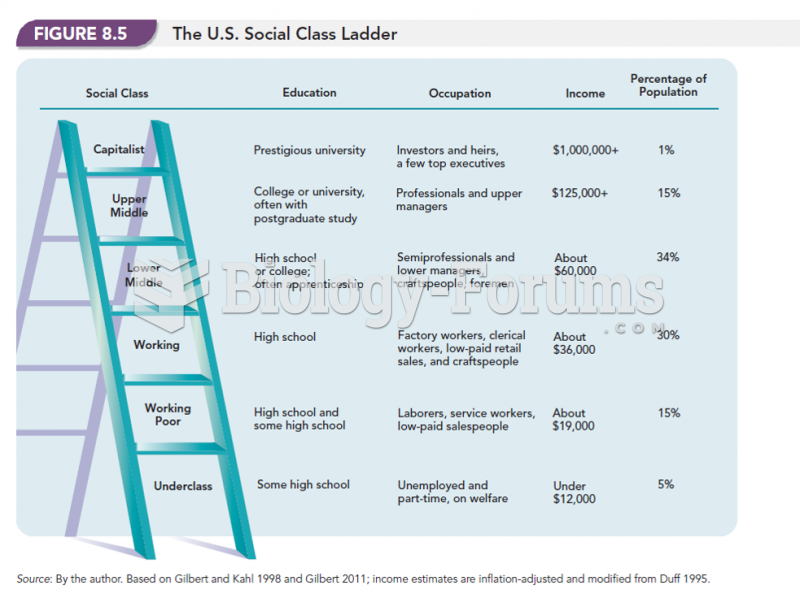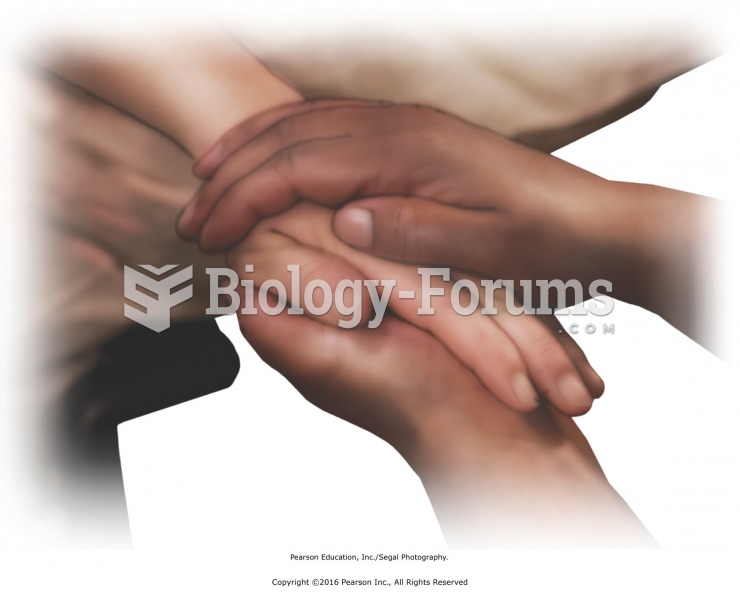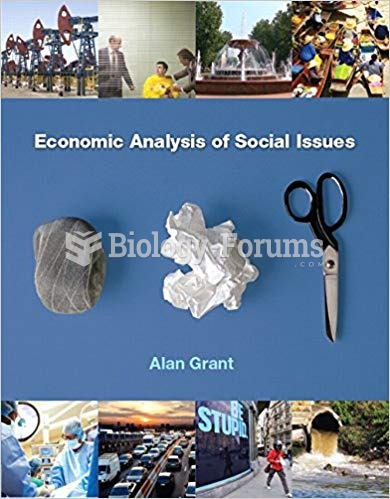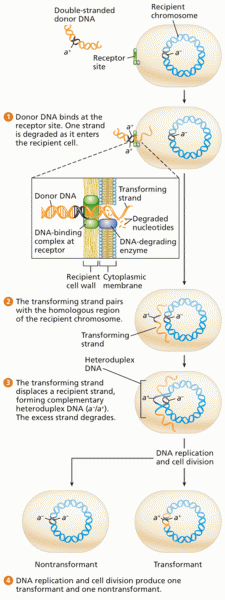Answer to Question 1
Greater social equality was found in hunting and gathering societies. Social inequality emerged as people learned to domesticate plants and animals which allowed people to produce and accumulate a food surplus. This food surplus resulted in a more complex division of labor, permitted trade among groups, and led to the accumulation of material goods. This surplus also resulted in the subordination of females by males, the development of the state, and the rule by a small elite group over the others in the society. The development of the agricultural society created a greater degree of inequality, partially due to the feudal system where land ownership was in the hands of a small number of royal and religious elites. As society industrialized, a rising middle class, the production of a vast amount of affordable consumer goods, the abolition of slavery, and the transformation of monarchies to democracies helped distribute wealth more equitably than it was done in the agricultural society. There still exists a great deal of difference between classes in all industrial societies but the differences are in degrees of inequality among many classes.
Answer to Question 2
(1 )The first social revolution created the pastoral and horticultural societies because of the domestication of plants and animals. It was the beginning of social inequality, greater divisions of labor, and the establishment of permanent and semi-permanent communities.
(2 ) The second social revolution created the agricultural society because of the invention of the plow. It was considered the dawn of civilization because it permitted people to devote time to careers other than growing food and led to the establishment of cities.
(3 ) The third social revolution created the industrial society because of the invention of the steam engine. In the industrial society both inequality and the separation of the social classes increased.
(4 ) The fourth social revolution created the postindustrial society because of the invention of the microchip. In this society the emphasis shifted from manufacturing to information and technology.
(5 ) The fifth social revolution created the biotech society after the discoveries of the DNA double helix and the decoding of the human genome system. In this society the economy centers on applying and altering genetic structures to produce food, medicine, and materials.







